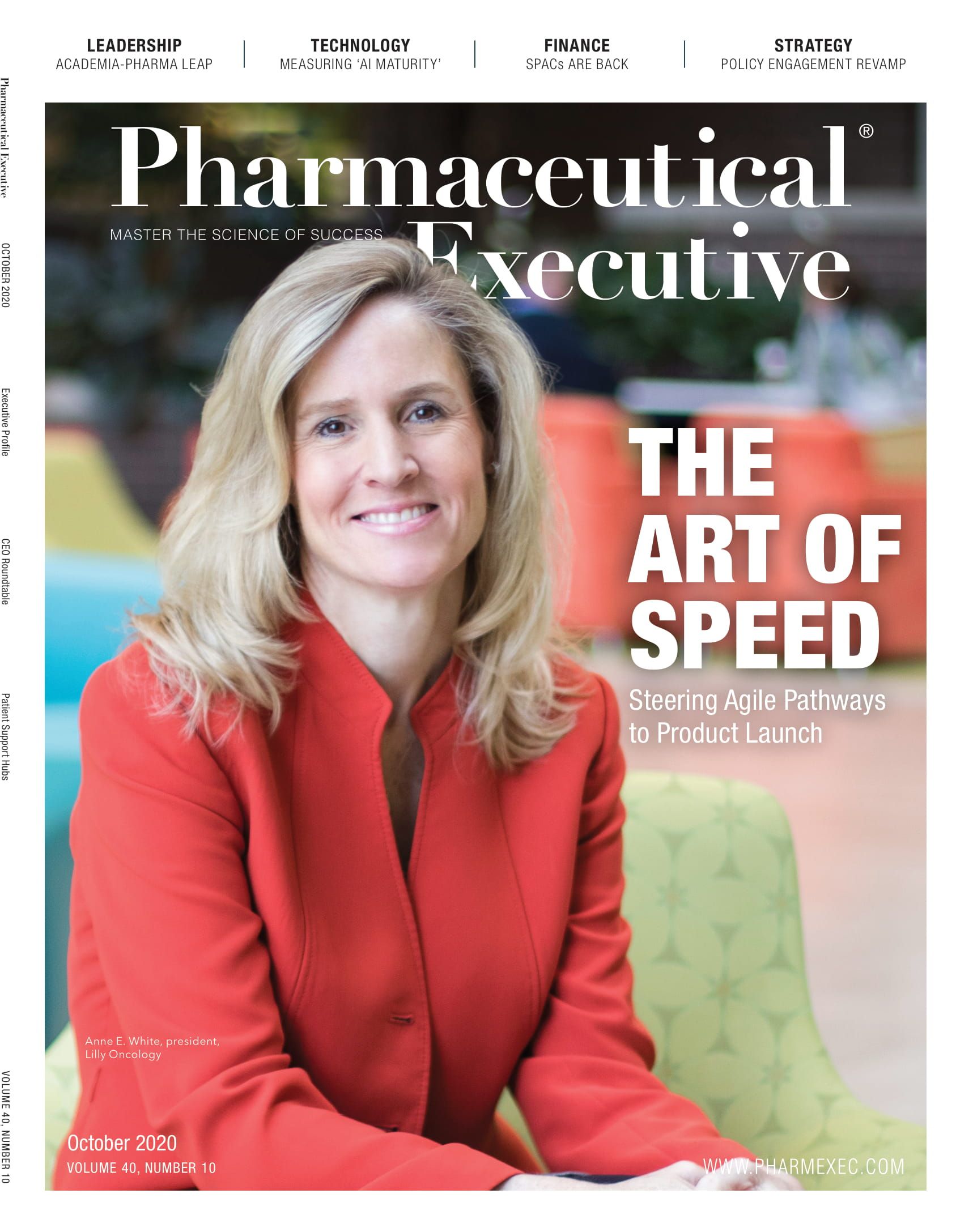Mastering the Transition From Academia to Industry
Tips for rounding out the rough edges in crossover.

There’s no doubt scientific knowledge translates well from academia to industry, but the two work environments can be very different. Recognizing the differences and learning how to address some of those disconnects are key to a successful crossover for both employer and employee.
“In academia, you’re judged for the most part on how you do and how your individual programs move forward,” says Mark Genovese, MD, senior vice president of inflammation development at Gilead Sciences. “In industry, it’s how well your groups can move forward cross-functionally to achieve a common goal.”
Elaine Quilici

Genovese, the James W. Raitt Professor of Medicine and clinical chief in the division of immunology and rheumatology at Stanford University for the past 22 years, joined Gilead in April. He now oversees the clinical development of an entire portfolio, including inflammatory diseases and NASH. Despite his success in academia, Genovese was eager to expand his research interests and long-standing collaborations with industry.
“I [welcomed] the opportunity to potentially build my program in a much larger way by working in industry, with greater resources—and I don’t just mean financial ones,” says Genovese. “I mean a talent pool that works cross-functionally to make things successful. I liked the idea that I would be able to work with a group to get more therapeutics in the diseases where there are unmet needs.”
The difference between academia’s emphasis on the individual versus pharma’s focus on teamwork is one of the most commonly quoted adjustments when moving between these two careers. To bridge that gap, companies should focus on the unique insights and skills people from academia can bring to the pharma table. In a video posted on the American Psychological Association website, R. Anne Hull, a career counselor and president of Hull Strategies, emphasizes certain academia strengths to seek and foster, including:
- Experience as problem solvers
- A bigger-picture view outside industry that offers objectivity
- An expanded network and resources outside industry
- Communication and presentation skills
- Organization and project management skills
- Analytical and critical thinking skills
Pharma’s dynamic environment relies on diverse thinking and partnering to drive innovation within the company. Fortunately, people from academia excel in this area of inquiry. Their ability to freely ask questions and share ideas is one from which pharma can benefit.
Genovese believes his experience with the scientific process as a researcher and physician helped in this regard. He wasn’t afraid to ask people questions in order to understand the historical context of how and why things were done the way they were done, and how and why things would be done moving forward.
“It’s trying to rapidly identify where the issues are within programs but also within your own deficiencies, and then to try and correct them,” he says. “I have trusted that the people around me would give me enough runway to help me get there and that they would be responsive to my questions and provide me line of sight on things that I don’t know. I think it would be much harder if people weren’t open.”
Genovese was fortunate to have worked with Gilead as an investigator prior to joining the company. This provided a level of familiarity and trust that his new colleagues would support him through the transition. He says he is grateful that his new co-workers were comfortable enough to point out his blind spots and where he needed to educate himself.
“It’s a bit of a fog for the first month or two—as another colleague who made a similar move to industry told me—as you realize all the things you don’t know and what you need to learn quickly,” he says. But once the wrinkles of transition are ironed out, merging the minds of academia and industry can produce a successful synergistic situation.
“At first, it can be like a square peg in a round hole,” says Genovese. “But over time, those edges get a little rounder or a little softer, to the extent to which you can move quickly and figure out how this group works slightly different than your group in academia.”
Elaine Quilici is Pharm Exec’s Senior Editor. She can be reached at equilici@mjhlifesciences.com.

The Misinformation Maze: Navigating Public Health in the Digital Age
March 11th 2025Jennifer Butler, chief commercial officer of Pleio, discusses misinformation's threat to public health, where patients are turning for trustworthy health information, the industry's pivot to peer-to-patient strategies to educate patients, and more.
Navigating Distrust: Pharma in the Age of Social Media
February 18th 2025Ian Baer, Founder and CEO of Sooth, discusses how the growing distrust in social media will impact industry marketing strategies and the relationships between pharmaceutical companies and the patients they aim to serve. He also explains dark social, how to combat misinformation, closing the trust gap, and more.